Home>Furniture & Design>Interior Design Trends>How To Get Limescale Off Glass
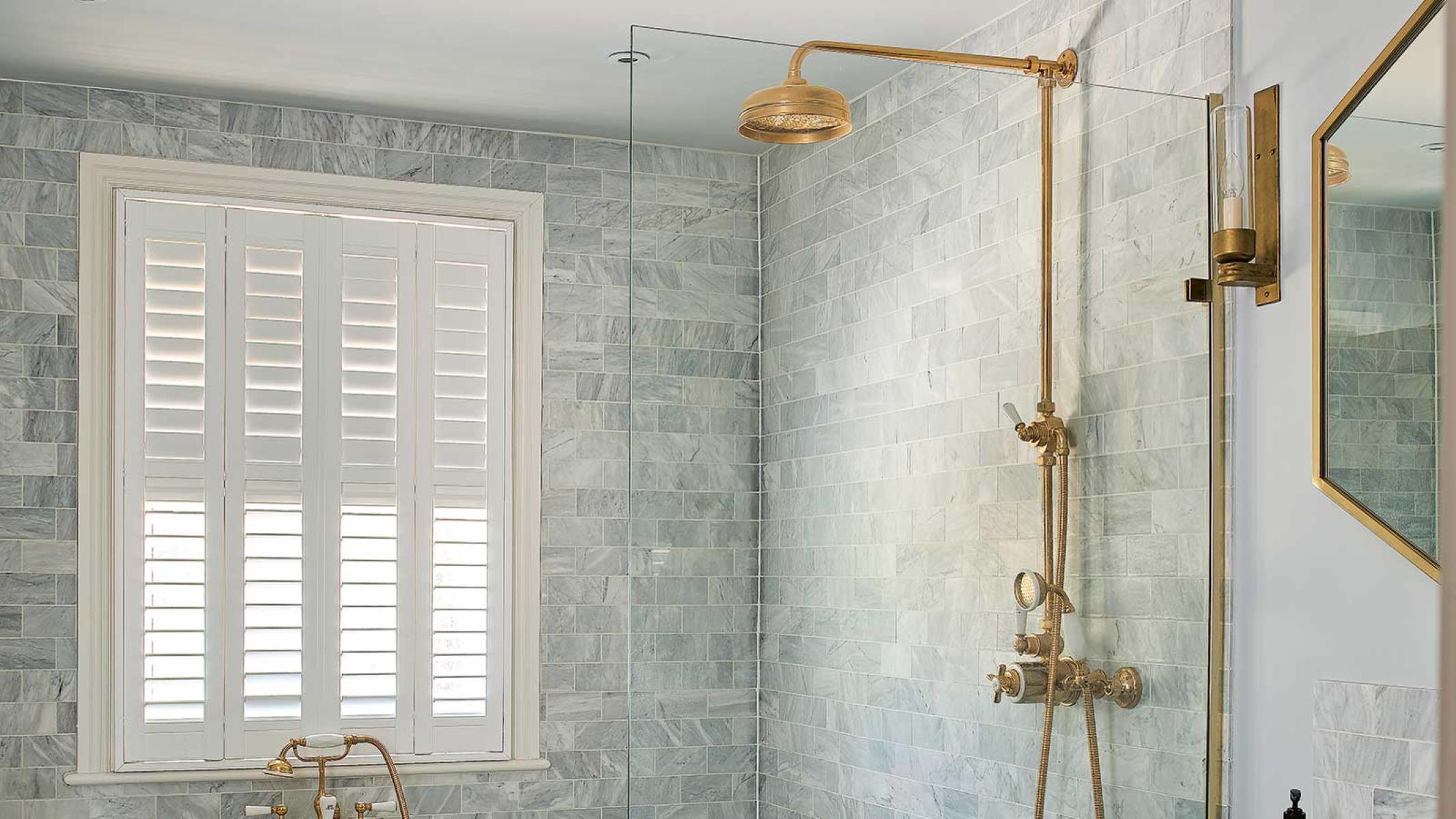

Interior Design Trends
How To Get Limescale Off Glass
Modified: March 2, 2024
Discover effective tips for removing limescale from glass surfaces. Keep up with the latest interior design trends and maintain a sparkling, limescale-free home.
(Many of the links in this article redirect to a specific reviewed product. Your purchase of these products through affiliate links helps to generate commission for Storables.com, at no extra cost. Learn more)
Introduction
Limescale, a stubborn and unsightly residue, can often plague glass surfaces, leaving them looking dull and unappealing. Whether it's on shower doors, windows, or glassware, dealing with limescale buildup can be a frustrating challenge. However, fear not, as there are effective methods and natural remedies that can help restore the sparkle and clarity of your glass surfaces.
In this comprehensive guide, we will delve into the world of limescale and explore various techniques for removing it from glass. From traditional cleaning methods to eco-friendly solutions, we'll cover everything you need to know to combat limescale buildup effectively. Additionally, we'll discuss preventive measures to keep limescale at bay, ensuring that your glass surfaces remain pristine and limescale-free.
So, if you've been grappling with limescale-related woes, fret not. By the end of this guide, you'll be equipped with the knowledge and tools to bid farewell to limescale and restore the natural beauty of your glass surfaces. Let's embark on this journey to reclaim the luster and clarity of glass, leaving limescale woes behind for good.
Key Takeaways:
- Say goodbye to limescale! Use vinegar, baking soda, and lemon juice to restore the sparkle of glass surfaces. Prevent buildup with a squeegee, ventilation, and water softening systems.
- Fight limescale naturally! Harness the power of vinegar, baking soda, and lemon juice to keep glass surfaces pristine. Squeegee, ventilate, and maintain for long-lasting clarity.
Read more: How To Get Silicon Off Glass
Understanding Limescale
Limescale, also known as calcium carbonate, is a chalky white mineral deposit that forms on various surfaces, including glass, as a result of hard water. Hard water contains a high concentration of minerals, such as calcium and magnesium, which can leave behind stubborn residues when water evaporates. When hard water comes into contact with glass surfaces and subsequently evaporates, it leaves behind these mineral deposits, resulting in the formation of limescale.
The appearance of limescale on glass is often characterized by a hazy or cloudy film, which can obscure the transparency and luster of the surface. Over time, if left untreated, limescale buildup can become increasingly difficult to remove, leading to a visibly dull and unattractive appearance.
Limescale not only affects the aesthetic appeal of glass surfaces but also poses challenges in terms of maintenance. It can be particularly problematic on shower doors, where it accumulates due to regular water exposure, and on windows, where it can obstruct the view and diminish natural light.
Understanding the nature of limescale is crucial in effectively addressing its removal and prevention. By recognizing its composition and the factors contributing to its formation, one can implement targeted strategies to combat limescale buildup and restore the pristine condition of glass surfaces.
In the following sections, we will explore various methods and natural remedies for removing limescale from glass, as well as preventive measures to mitigate its recurrence. By gaining a comprehensive understanding of limescale and its impact on glass surfaces, we can equip ourselves with the knowledge to tackle this common household nuisance effectively.
Methods for Removing Limescale from Glass
When it comes to tackling limescale buildup on glass, there are several effective methods that can restore the clarity and shine of the surfaces. These methods encompass both traditional cleaning approaches and specialized products designed to target limescale removal. Let's explore these methods in detail:
-
Vinegar Solution: A popular and cost-effective method for limescale removal involves using a vinegar solution. By combining equal parts of white vinegar and water in a spray bottle, you can create a potent limescale-fighting solution. Simply spray the mixture onto the affected glass surface and let it sit for several minutes to allow the acidic properties of the vinegar to break down the limescale. Afterward, wipe the glass clean with a microfiber cloth, revealing a noticeably clearer and limescale-free surface.
-
Limescale Removers: There are numerous commercial limescale removers available in the market that are specifically formulated to dissolve and eliminate limescale deposits. These products often contain powerful acidic compounds that effectively break down and dislodge limescale from glass surfaces. When using limescale removers, it's essential to follow the manufacturer's instructions carefully and ensure proper ventilation in the area due to the potent nature of these products.
-
Scrubbing with Baking Soda: Baking soda, renowned for its abrasive yet non-abrasive properties, can be utilized to scrub away limescale from glass. Create a paste by mixing baking soda with a small amount of water, then apply it to the limescale-affected areas. Gently scrub the glass surface with a soft brush or sponge, focusing on the limescale deposits. The mild abrasive nature of baking soda aids in dislodging the limescale, while its alkaline properties help neutralize the acidic nature of limescale, facilitating its removal.
-
Lemon Juice: The natural acidity of lemon juice makes it an effective limescale-fighting agent. Similar to the vinegar solution, you can apply undiluted lemon juice to the limescale-affected areas and allow it to sit for a period before wiping the glass clean. The citric acid in lemon juice works to dissolve and loosen the limescale, making it easier to remove with minimal effort.
-
Razor Blade Scraper: For stubborn limescale deposits that resist conventional cleaning methods, a razor blade scraper can be employed with caution. When used carefully and at a shallow angle, a razor blade can effectively scrape away tough limescale from glass surfaces. However, it's crucial to exercise caution to avoid scratching the glass, and this method is best reserved for instances where other approaches have proven ineffective.
By employing these methods, you can effectively combat limescale buildup on glass surfaces, restoring their clarity and luster. Whether utilizing natural remedies or specialized products, the key lies in addressing limescale promptly to prevent it from becoming increasingly stubborn and challenging to remove.
Natural Remedies for Limescale Removal
In addition to traditional cleaning methods and commercial products, natural remedies offer effective and eco-friendly alternatives for combating limescale buildup on glass surfaces. These natural solutions harness the power of common household ingredients to dissolve and remove limescale, restoring the pristine condition of glass without the use of harsh chemicals. Let's explore some of the most potent natural remedies for limescale removal:
1. Distilled White Vinegar
Distilled white vinegar, renowned for its acidic properties, is a versatile and potent natural remedy for limescale removal. When applied to limescale-affected glass surfaces, the acidic nature of vinegar works to dissolve and break down the mineral deposits, making them easier to wipe away. By creating a solution of equal parts distilled white vinegar and water, you can effectively combat limescale buildup on glass, restoring its clarity and shine.
Read more: How To Get Calcium Off Glass
2. Baking Soda Paste
Baking soda, a staple in many households, serves as an excellent natural abrasive for tackling limescale on glass. By mixing baking soda with a small amount of water to form a paste, you can apply this gentle abrasive to the limescale-affected areas. The mild abrasive nature of baking soda aids in dislodging the limescale, while its alkaline properties help neutralize the acidic nature of limescale, facilitating its removal without causing damage to the glass surface.
3. Lemon Juice
The natural acidity of lemon juice makes it an effective and refreshing natural remedy for limescale removal. Similar to the vinegar solution, undiluted lemon juice can be applied to limescale deposits on glass surfaces, allowing the citric acid to work its magic. The acidic properties of lemon juice effectively dissolve and loosen limescale, making it easier to wipe away, leaving the glass surfaces sparkling and limescale-free.
4. Citric Acid Solution
For a concentrated and targeted approach to limescale removal, a citric acid solution can be highly effective. By dissolving citric acid in water, you can create a potent limescale-fighting solution. The acidic nature of citric acid works to break down and dissolve limescale deposits on glass, offering a natural and powerful remedy for restoring the pristine condition of glass surfaces.
By harnessing the natural cleaning power of these remedies, you can effectively combat limescale buildup on glass surfaces while minimizing the use of harsh chemicals. These natural solutions not only offer an eco-friendly approach to limescale removal but also provide a gentle yet potent means of restoring the natural beauty and clarity of glass, free from stubborn limescale deposits.
Preventing Limescale Buildup on Glass
Preventing limescale buildup on glass surfaces is essential for maintaining their pristine condition and minimizing the need for frequent cleaning and removal efforts. By implementing proactive measures, you can effectively deter the formation of limescale, preserving the clarity and luster of glass. Here are some effective strategies for preventing limescale buildup on glass:
Read more: How To Get Resin Off Of Glass
1. Squeegee After Showering
After showering, use a squeegee to remove excess water from the glass shower doors. This simple yet effective practice helps minimize the opportunity for limescale to form as it prevents water droplets from evaporating and leaving behind mineral deposits.
2. Ventilation and Air Circulation
Ensuring adequate ventilation in bathrooms and areas with glass surfaces can help reduce humidity and moisture levels, thereby minimizing the conditions conducive to limescale formation. Proper air circulation aids in drying glass surfaces more efficiently, reducing the likelihood of limescale buildup.
3. Water Softening Systems
Consider installing a water softening system in your home to address the issue of hard water, which is a primary contributor to limescale formation. Water softeners work to reduce the concentration of minerals in the water, effectively mitigating limescale buildup on glass surfaces and other fixtures.
4. Regular Maintenance
Engage in regular maintenance practices, such as wiping down glass surfaces with a microfiber cloth or using a mild, pH-neutral cleaner. By consistently maintaining the cleanliness of glass surfaces, you can prevent mineral deposits from accumulating and forming stubborn limescale.
Read more: How To Get Oil Off Glass
5. Protective Coatings
Applying a protective coating or sealant specifically designed for glass surfaces can provide a barrier against limescale formation. These coatings create a hydrophobic layer that repels water and minerals, reducing the adherence of limescale and facilitating easier cleaning.
6. Diluted Vinegar Rinse
Periodically rinsing glass surfaces with a diluted vinegar solution can help prevent limescale buildup. The mild acidic properties of vinegar can counteract the alkalinity of hard water, minimizing the accumulation of mineral deposits on the glass.
By incorporating these preventive measures into your routine maintenance and cleaning practices, you can effectively deter limescale buildup on glass surfaces, preserving their clarity and minimizing the need for intensive cleaning and removal efforts. These proactive strategies not only contribute to the aesthetic appeal of glass but also promote the longevity and durability of the surfaces, ensuring they remain limescale-free and visually stunning.
Frequently Asked Questions about How To Get Limescale Off Glass
Was this page helpful?
At Storables.com, we guarantee accurate and reliable information. Our content, validated by Expert Board Contributors, is crafted following stringent Editorial Policies. We're committed to providing you with well-researched, expert-backed insights for all your informational needs.
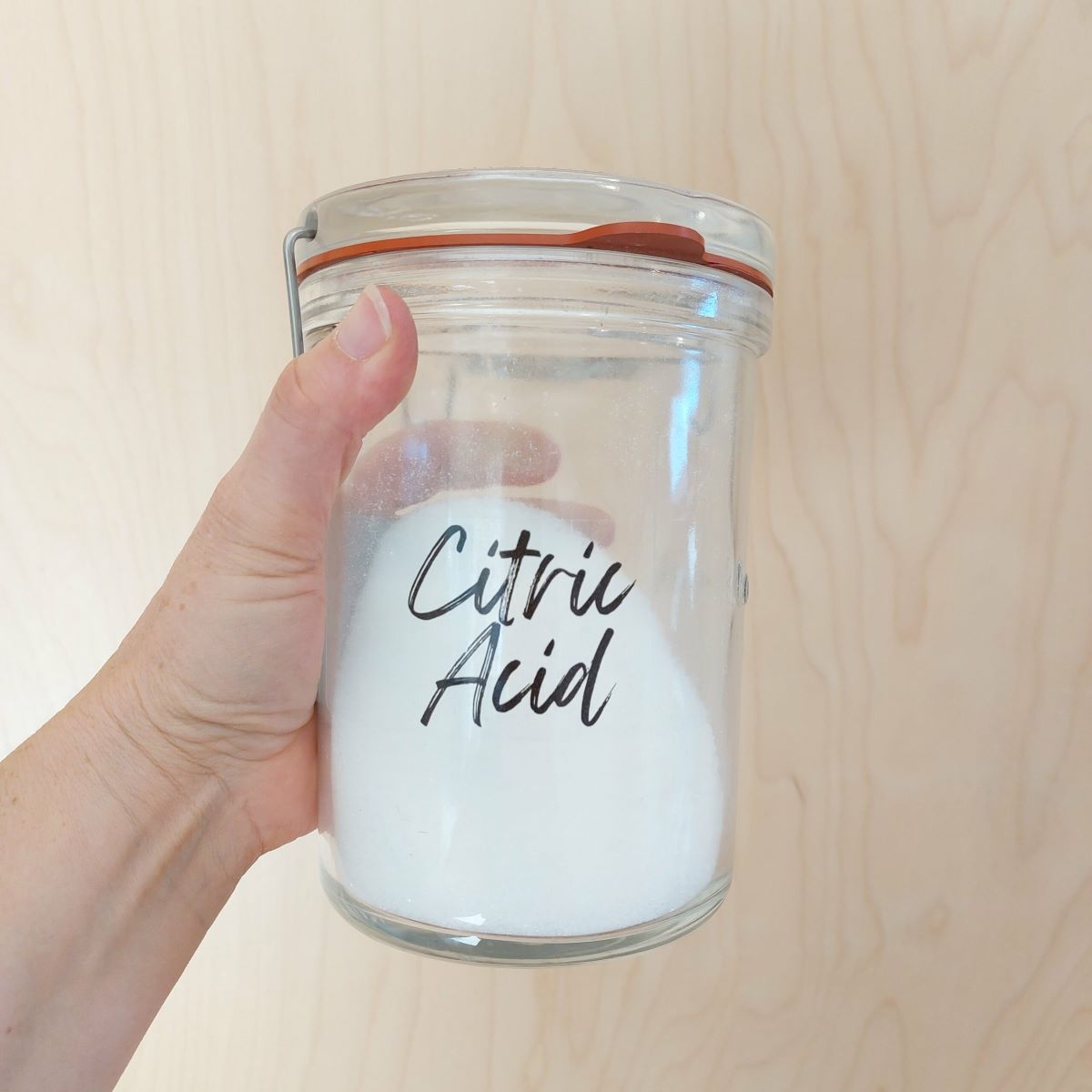
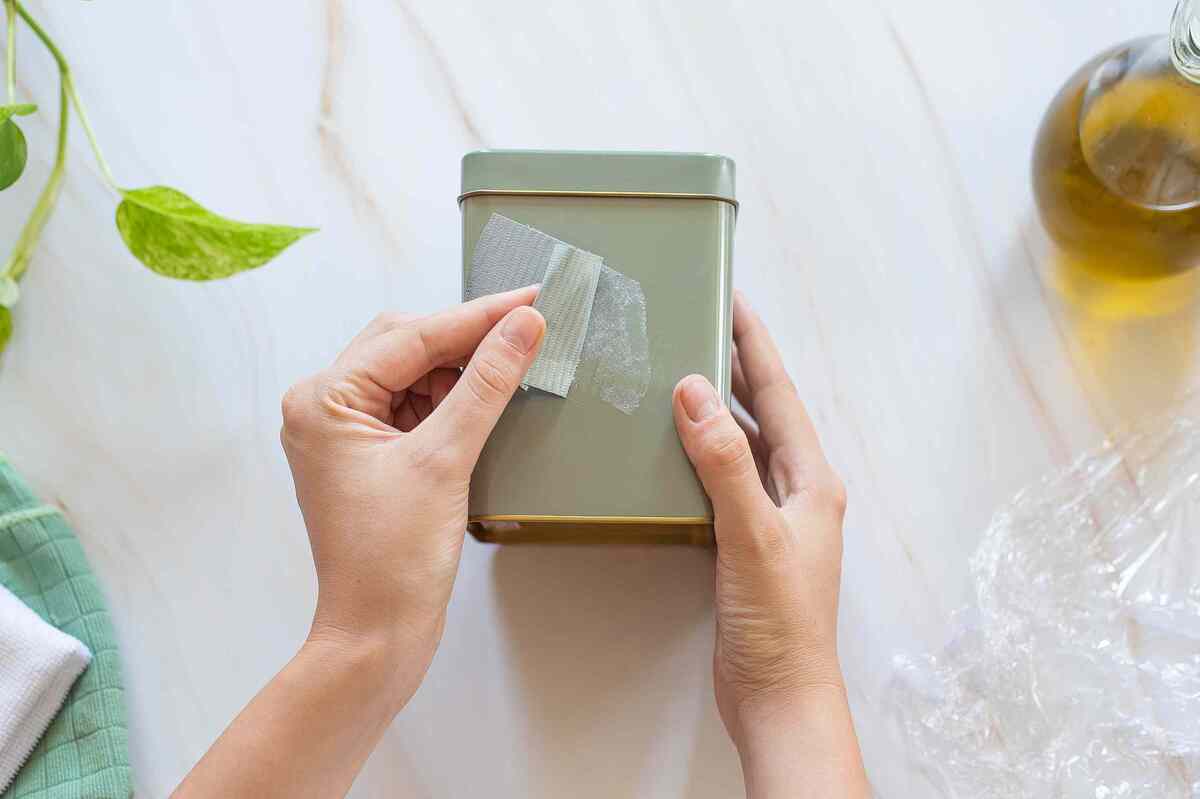
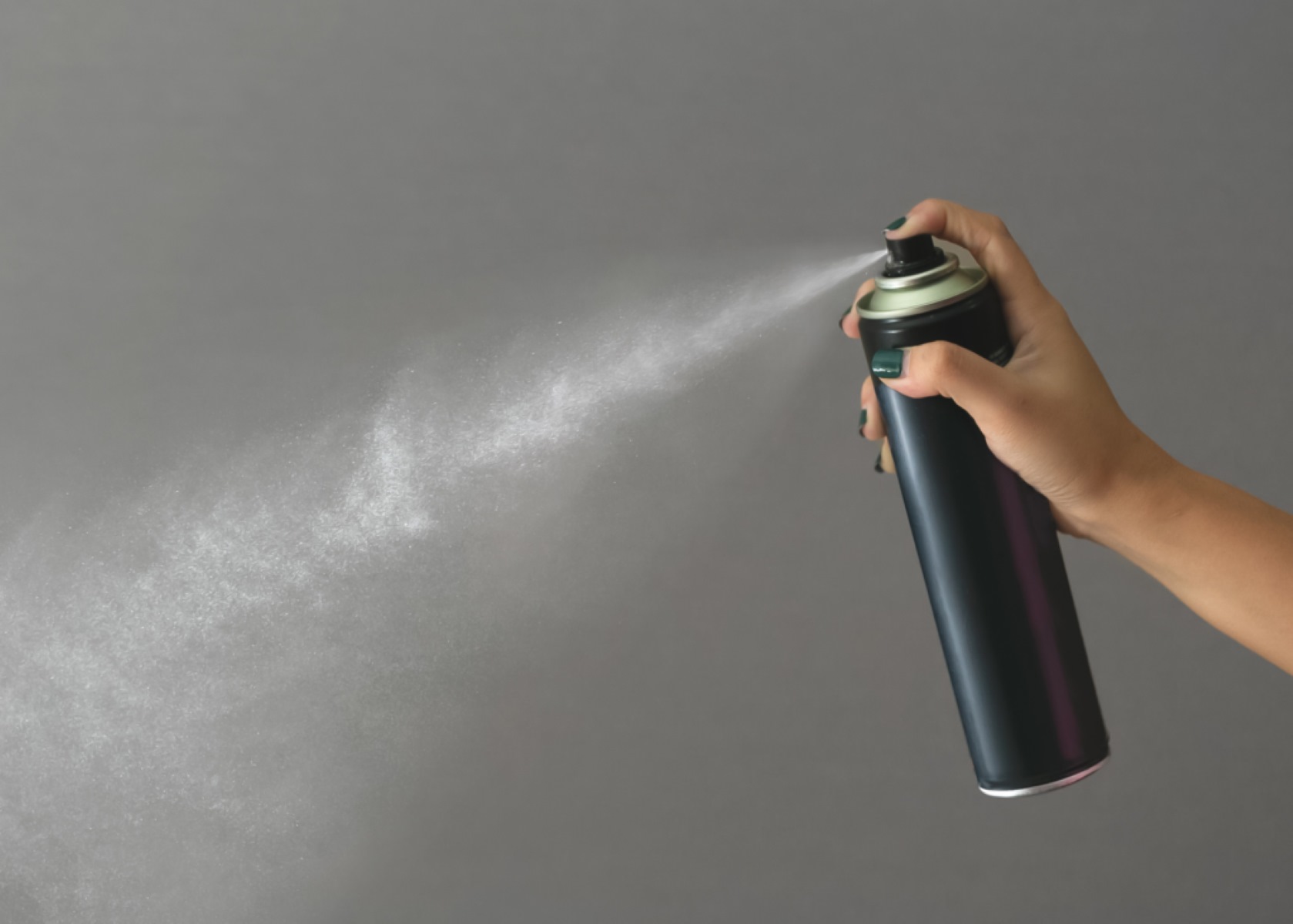
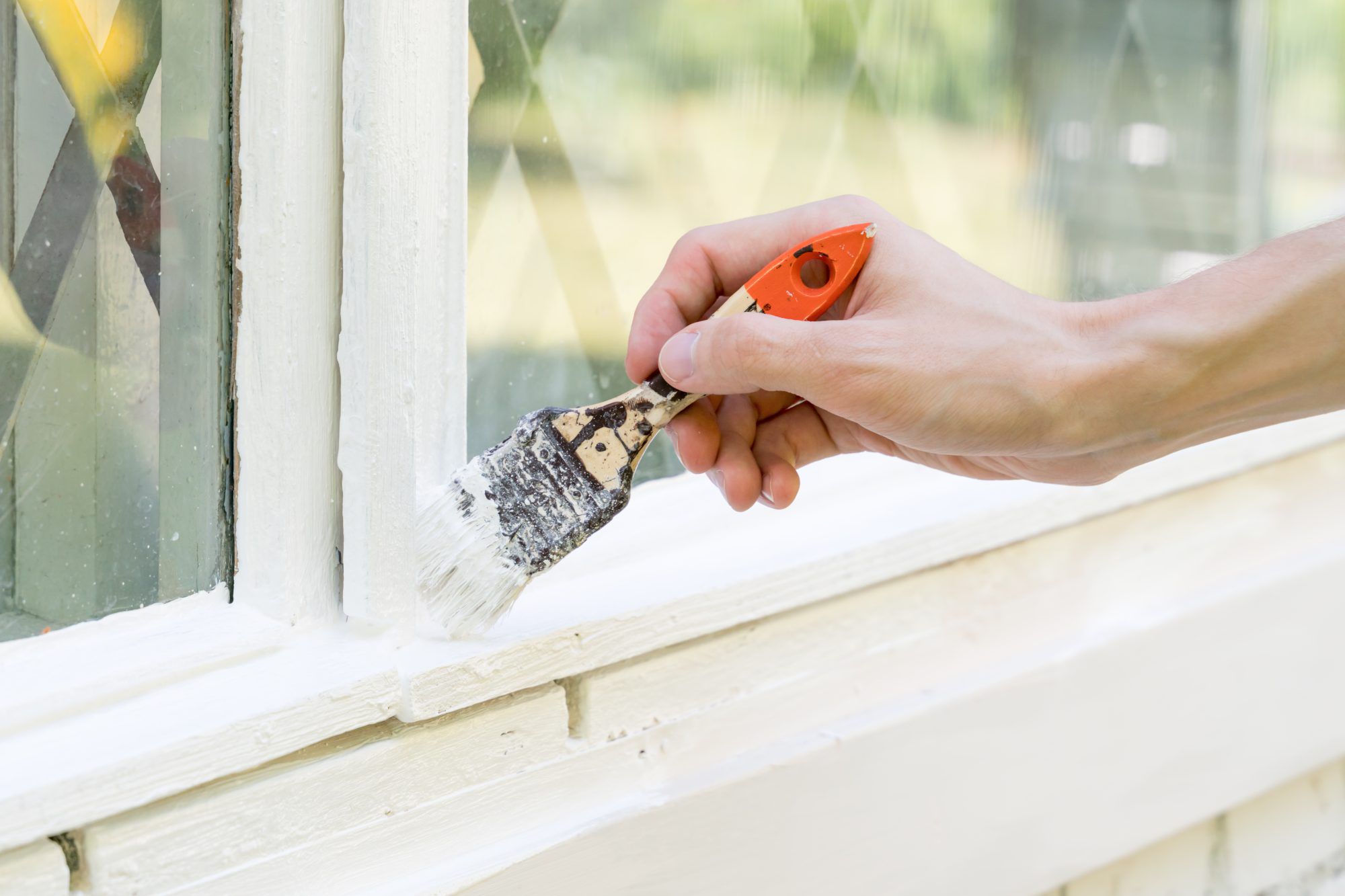
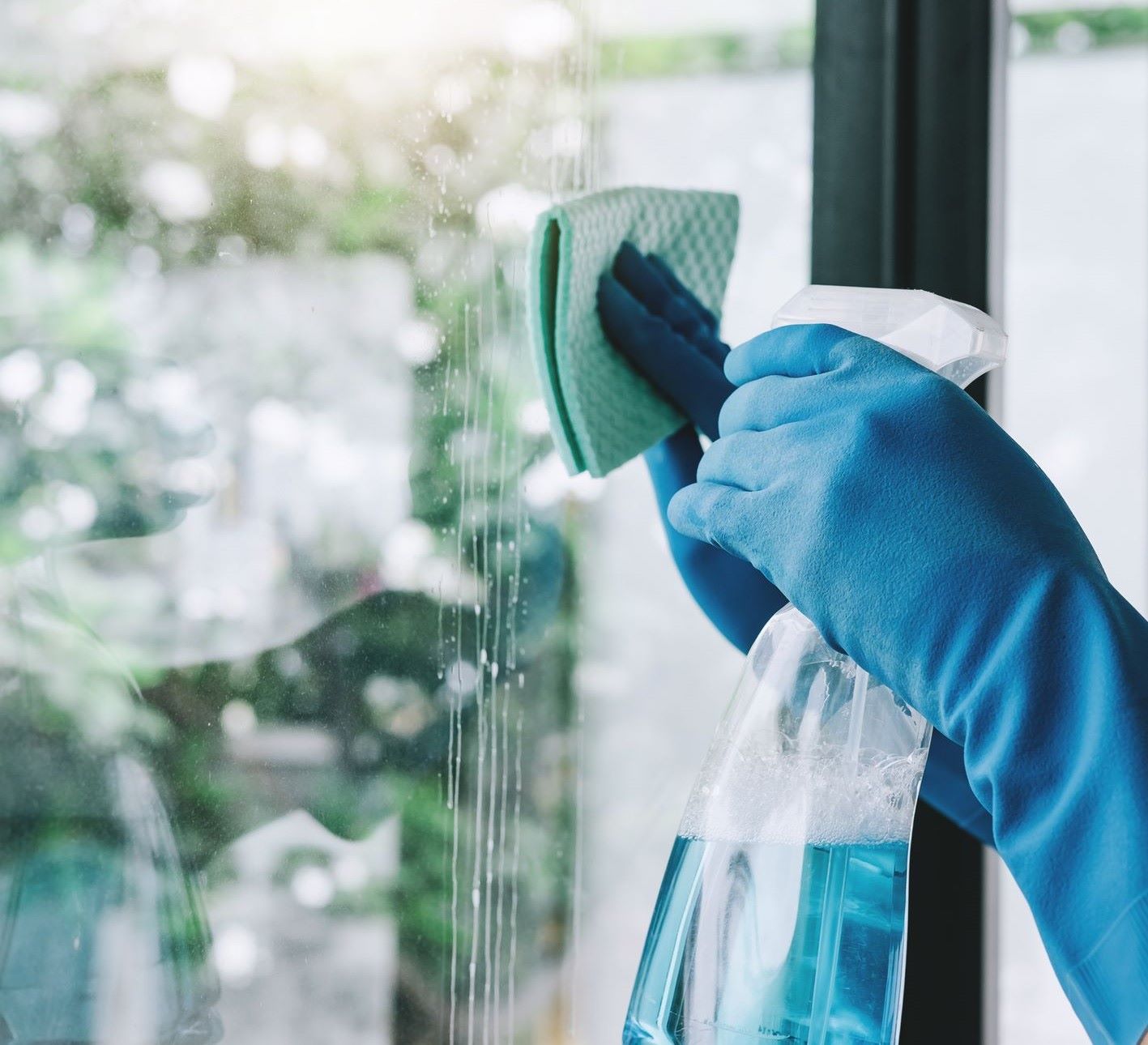
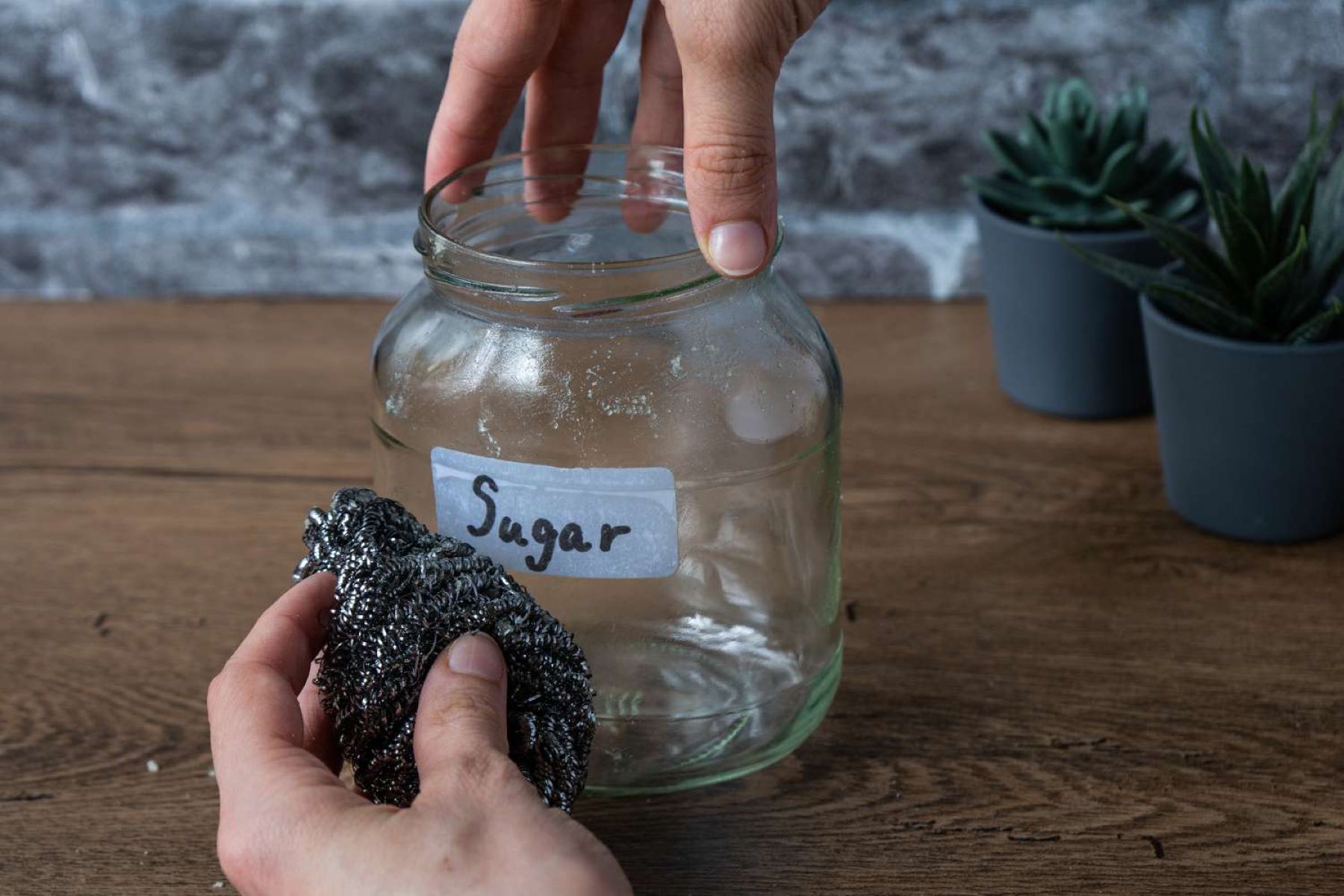
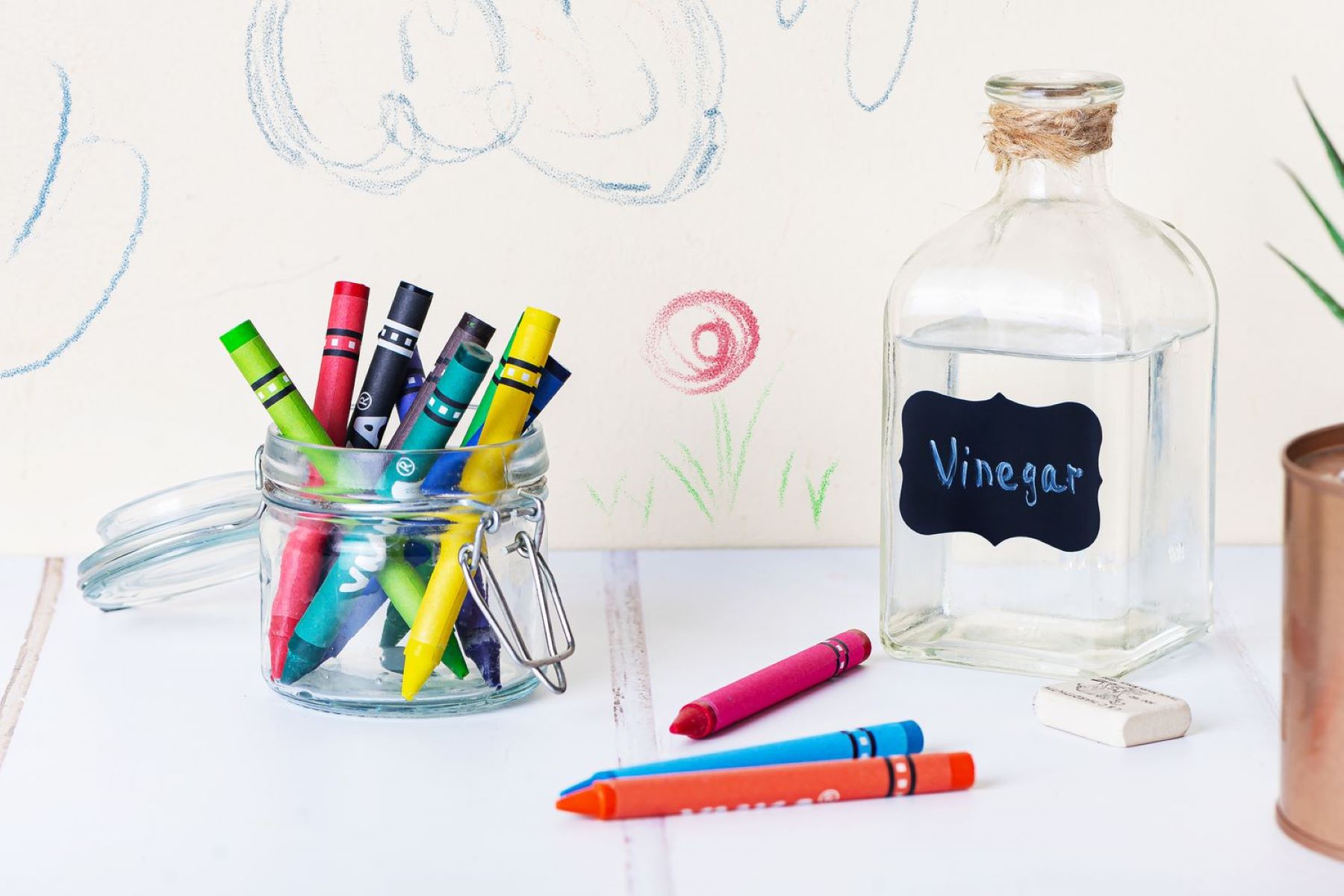
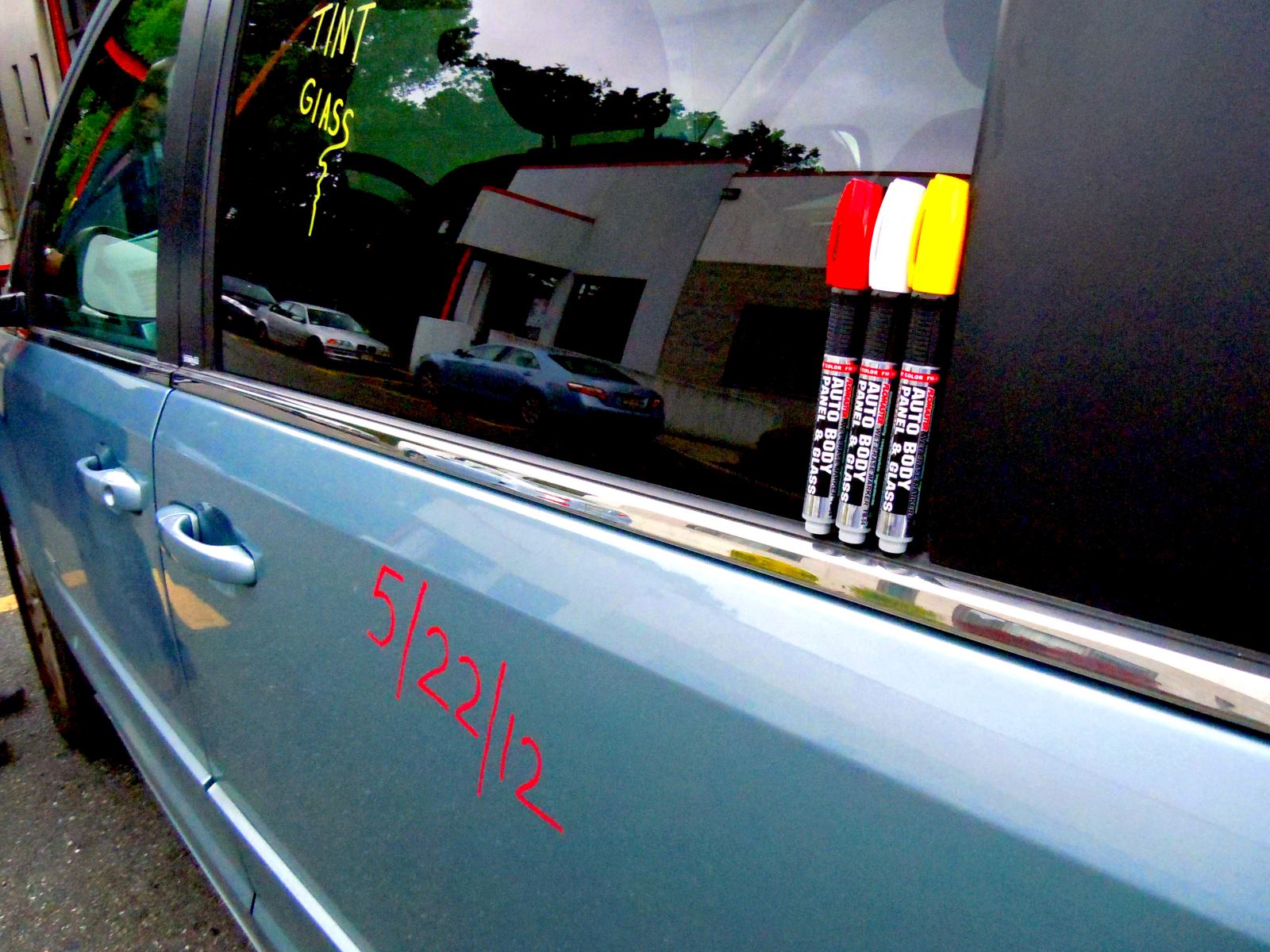
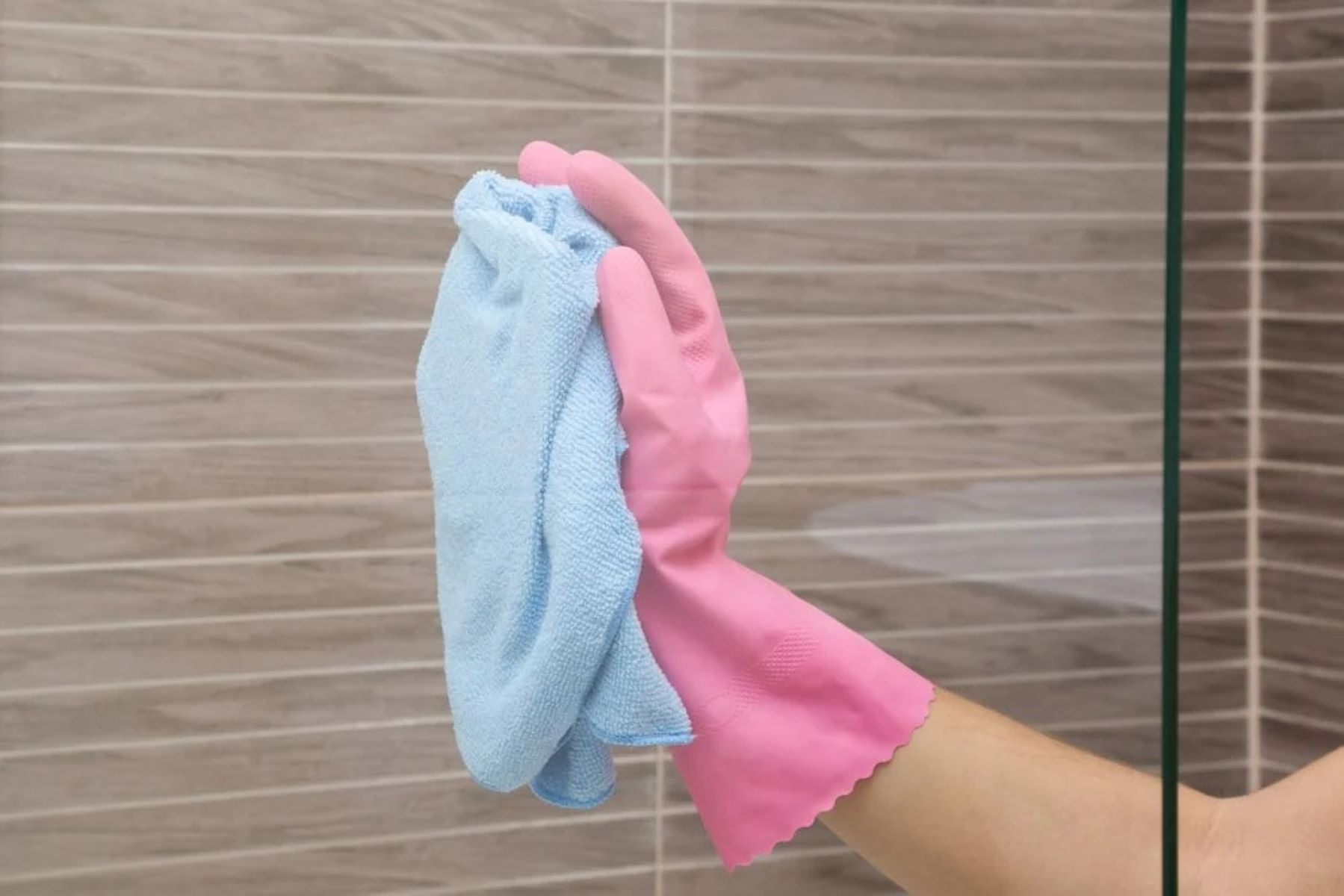
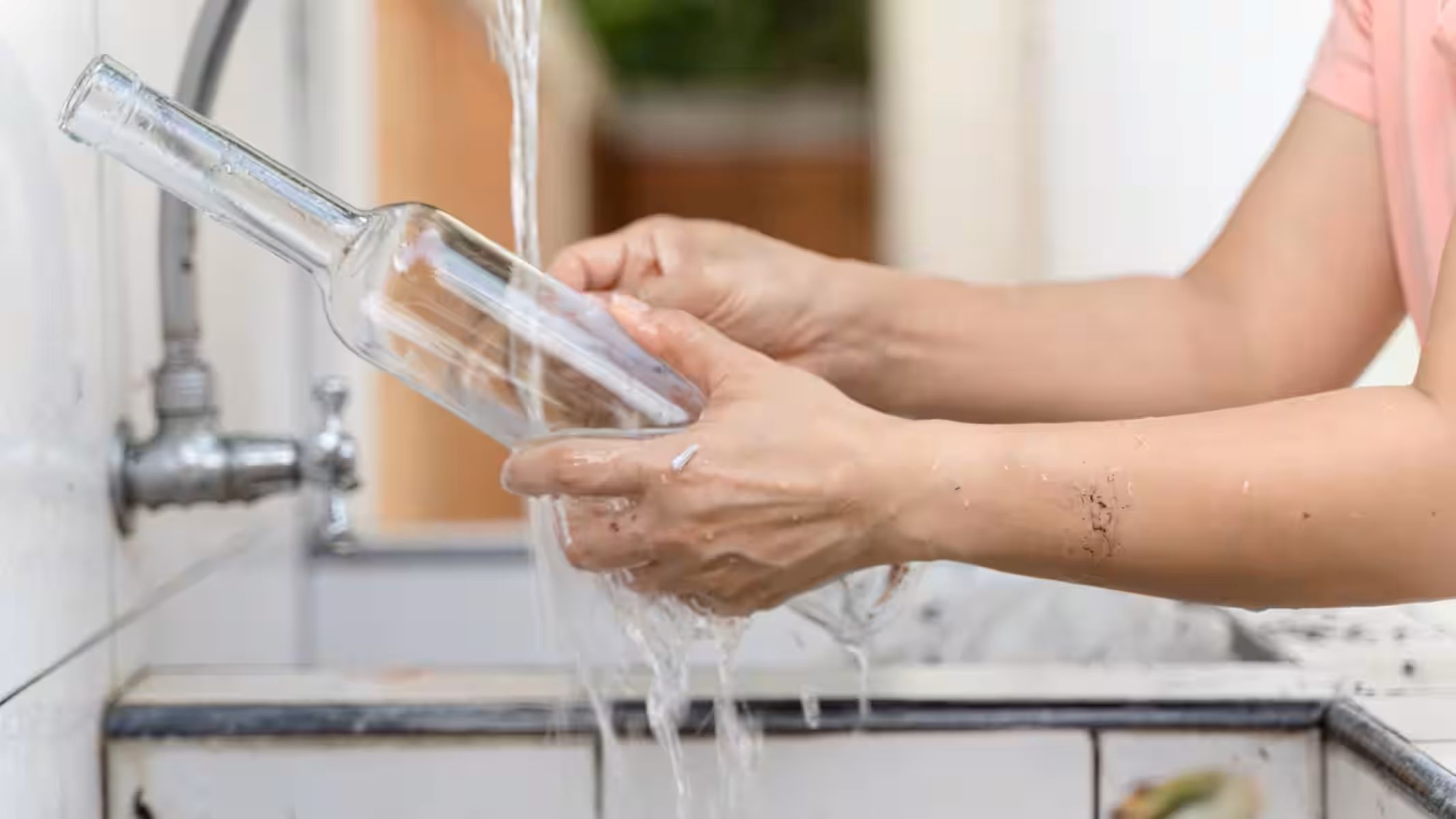
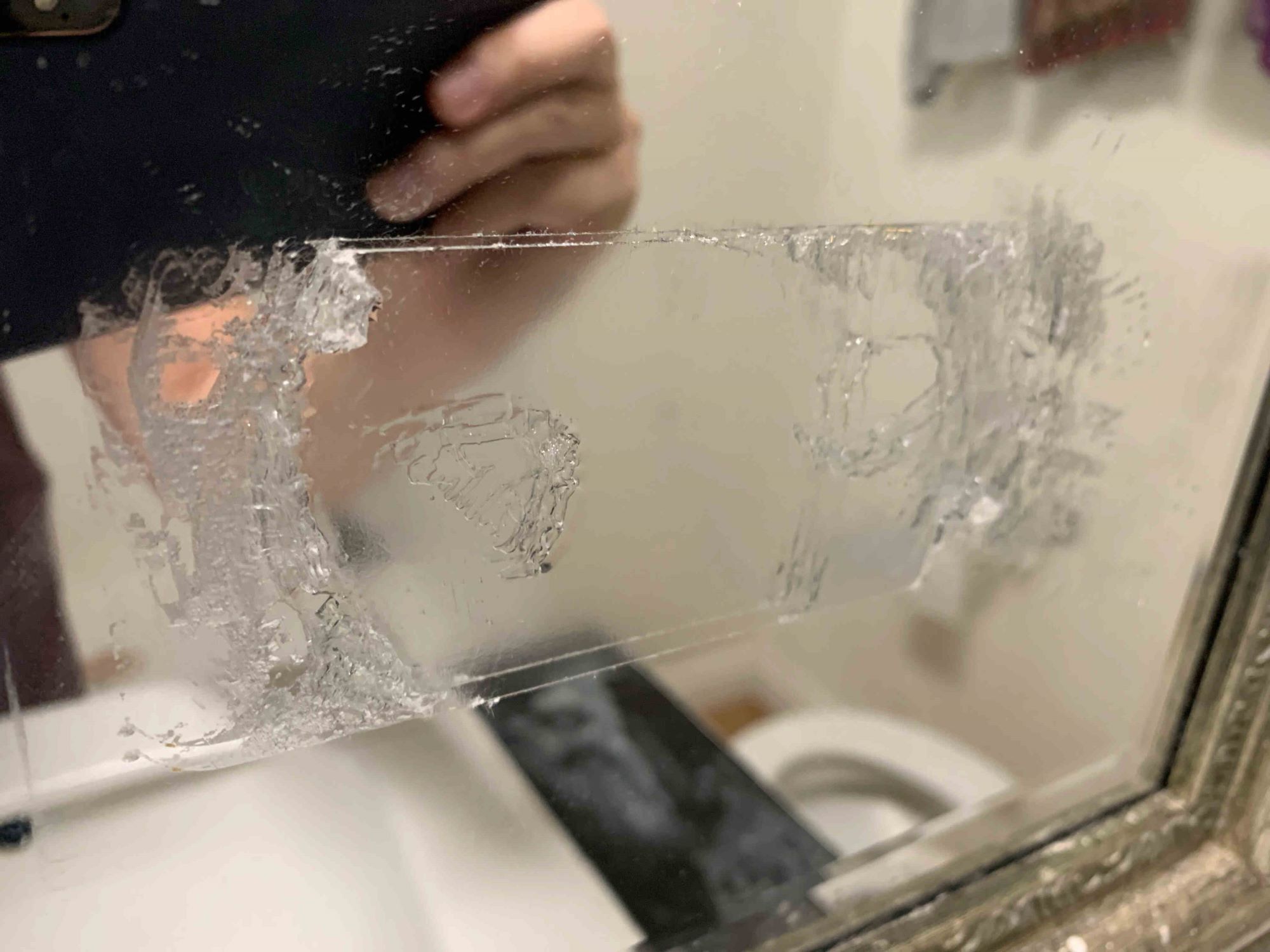

0 thoughts on “How To Get Limescale Off Glass”